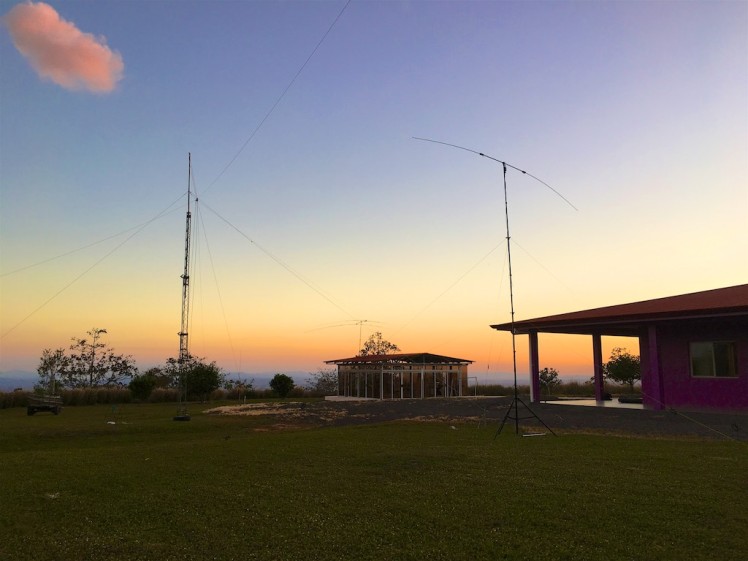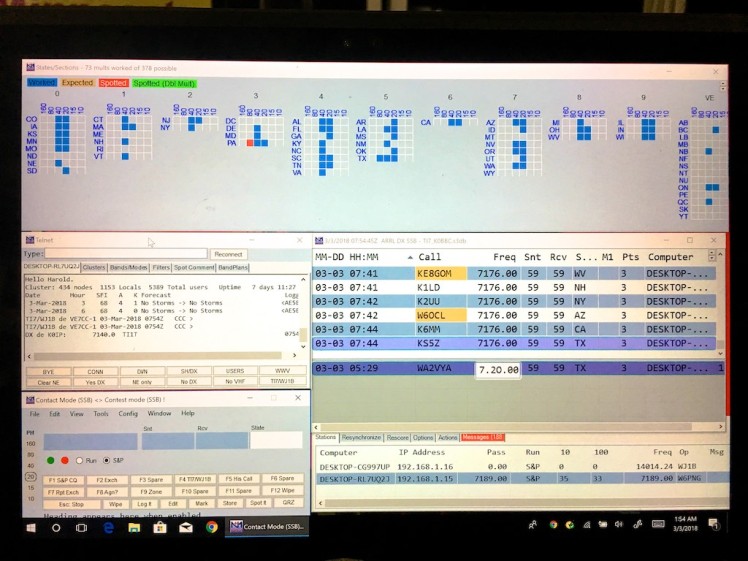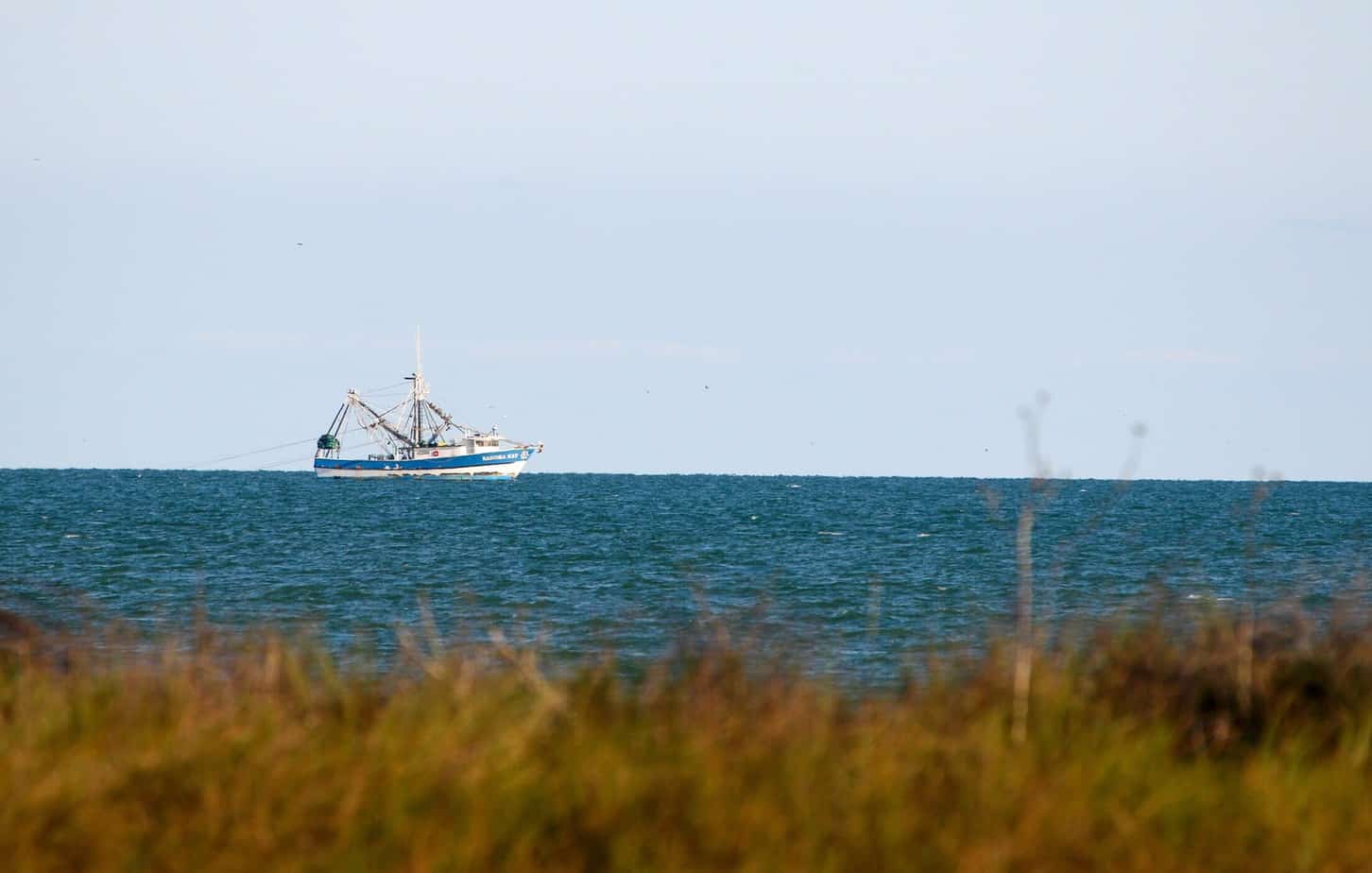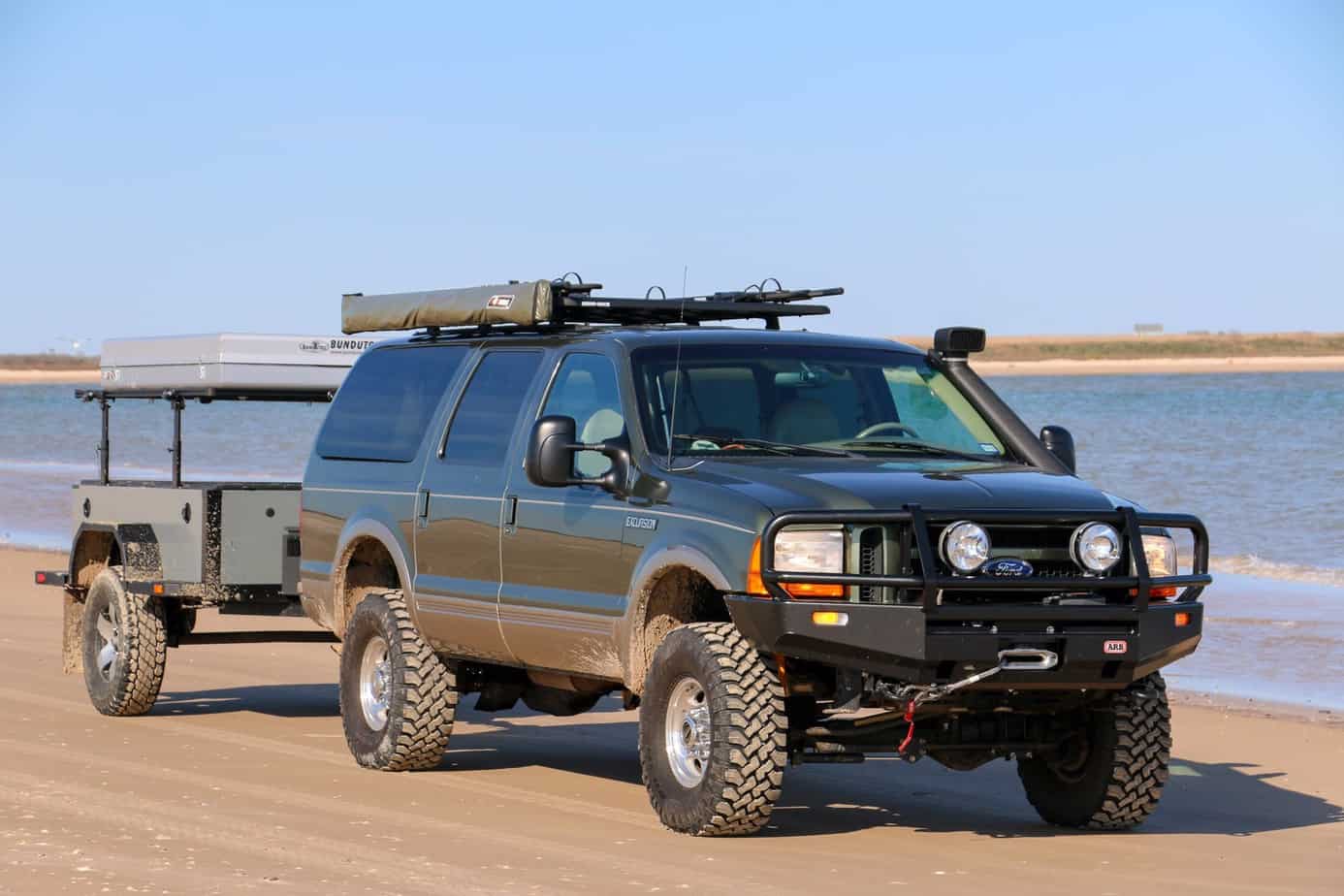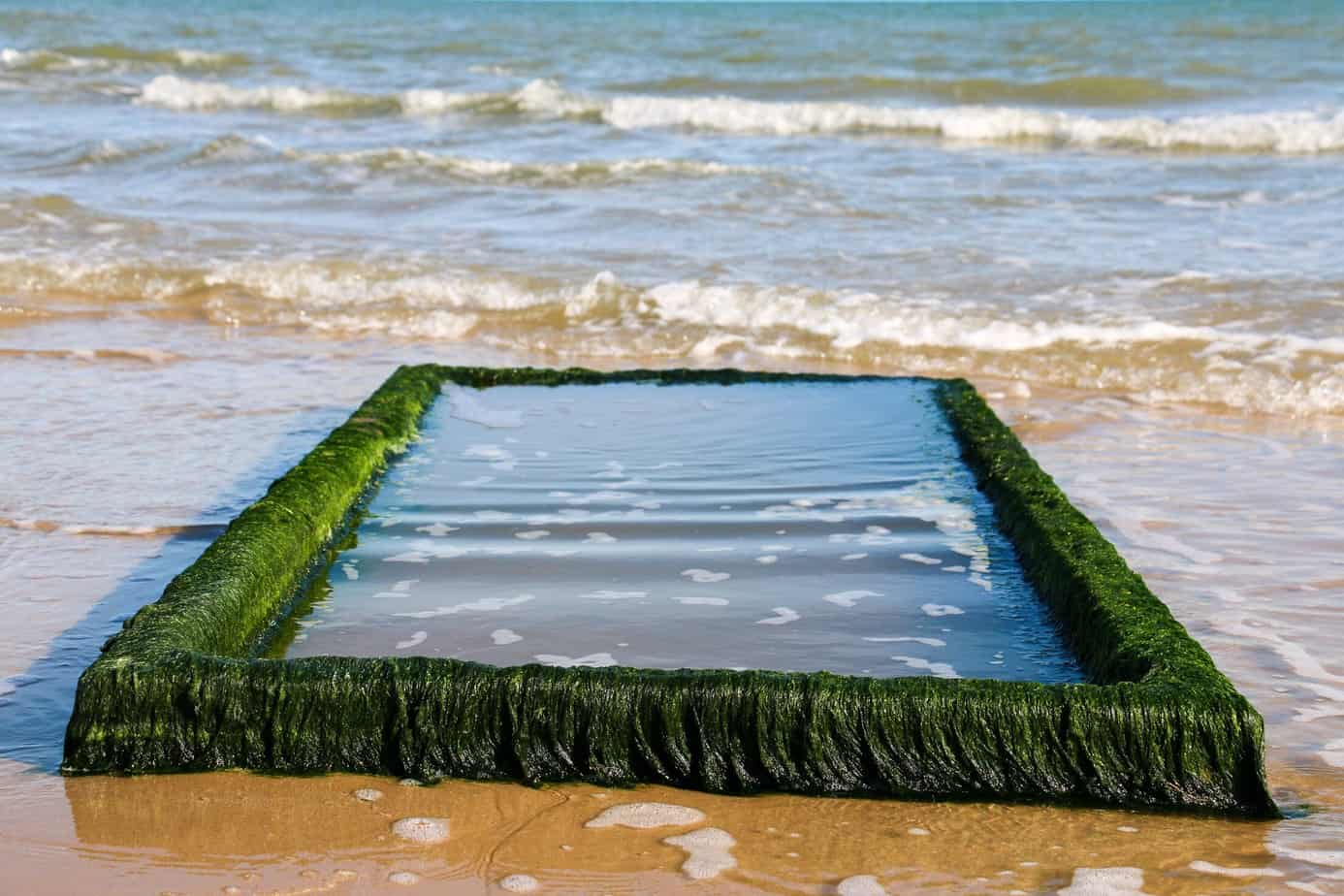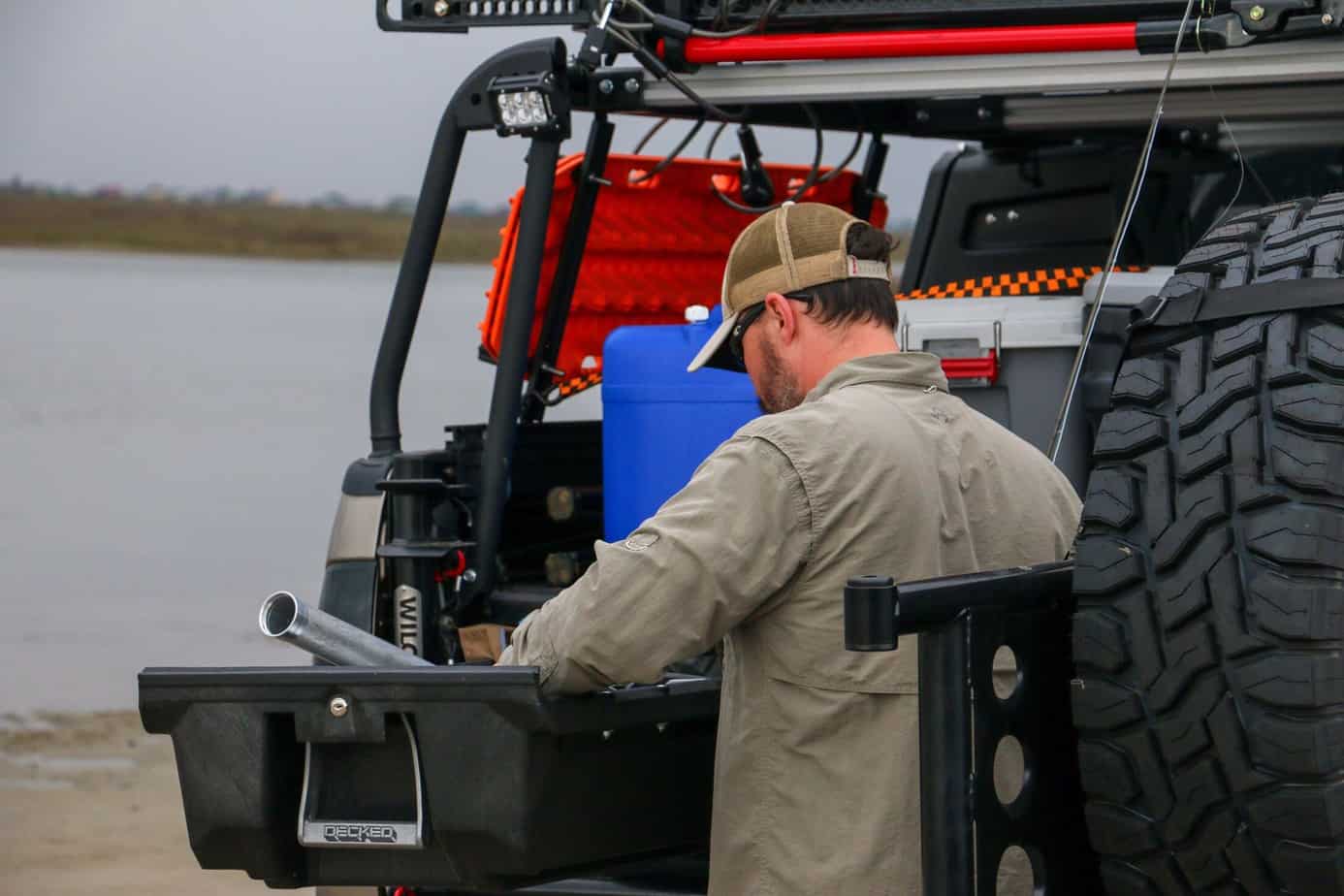Choosing the right type of mountain bike can be an intimidating prospect. The sport of mountain biking now encompasses a wide range of bikes from hardtails to full suspension, cross country to enduro to downhill, fat bikes and plus bikes, and all manner of variations of these different breeds. Choosing the right type of bike can be confusing for those who are not familiar with all the different varieties available.
“How much am I willing to spend?”

Squatch Bikes and Brews. Photo: Aaron Chamberlain
Every bike-buying decision should begin with this question. Whether you’re buying your first mountain bike or your 10th, determining a budget is key. Only the rider can decide how much a mountain bike is worth to him or her. This also isn’t to say that just because someone is buying their 10th mountain bike they’ve automatically upgraded to a $10,000 purchase. For example, adding a different style of mountain bike to the stable to ride occasionally might not justify the same budget as an everyday rider like a trail bike.
However, a budget can limit choices later on down the line. If, for instance, you really want a carbon frame, the budget will have to be large enough to accommodate the increased cost compared to other frame materials.
“Where am I going to ride this bike?”

Mountain biking in the Utah Desert. Credit: SCOTT/Scott Markewitz
Experienced mountain bikers should consider the type of terrain they will be riding. Is it rocky and technical, filled with roots, or really steep? Will there be a lot of climbing or shuttle laps? How big are the features like jumps and drops?
Based on the difficulty of the terrain, decide how aggressive this new mountain bike needs to be. One factor to keep in mind is that it’s best to choose a mountain bike based on the majority of the riding that you’ll be doing with it. If this will be just another addition to your quiver of mountain bikes and it’s destined chairlift rides up and ripping it down through the bikepark, then great: buy that Trek Session.
On the other hand, if you’re shopping for a trail bike and want it to be able to handle a variety of terrain, don’t get sucked into the common thinking that a bike should be able to handle the most difficult challenges on every trail. If, for instance, you might encounter a 4-foot drop once every six months, but 99% of the time you’ll only face more moderate rock and root gardens, lots of pedally climbs, and fast (but not insane) downhills, you don’t really need an enduro bike. A short- to mid-travel trail bike will probably be just fine. It’s possible to push a trail bike beyond its limits every once in awhile, and heck–4-foot drops don’t have to be ridden. Most obstacles have a ride around or at worst, require a quick hop off the bike.
For newer riders who don’t know exactly what kind of bike is best for their area, it’s a good idea to head out to a local trailhead to see what types of bikes people are riding. Are most people riding hardtail 29ers? Singlespeeds? Full suspension trail bikes? Long travel enduro bikes? Or are people loading bikes with lots of suspension into the back of a pickup and driving them up the hill?
SEE ALSO
By Chris Daniels
Another way to do this same sort of reconnaissance is to head to a bike shop close to the trails that you want to ride and see what type of bikes are for sale on the showroom floor. While you might think that all bike shops sell the same types of bikes, that isn’t the case–they tend to sell the bikes that work best for their local area. For instance, it’s actually pretty rare to see a dual crown downhill bike on a showroom floor unless there’s a ski resort with a bikepark nearby.

Local bike shop employees will often be your best source of advice.
Shop: Sycamore Cycles. Photo: Aaron Chamberlain
Don’t forget: you can always ask the shop employees for recommendations, too. In many cases, they’ll be your best source of information and can help guide you through many of these steps. If the questions in this article don’t help narrow the bike buying focus sufficiently, getting guidance by
buying from a local bike shop will probably be very beneficial, and will generally be well-worth any additional expenses incurred.
SEE ALSO
By Dustin Gaddis
“When am I going to ride this bike?”

Photo: Snow Bike Festival, Gstaad, Switzerland
The first question related to “when” is “what time of year will I ride this bike?” If you’re looking for a bike solely for riding in the high mountains during mid-summer, a normal trail or enduro bike will work just fine. If your answer is “winter, and on snowy trails” then a fat bike is probably the answer.
But what if you are a one-bike-quiver kind of person and you want to be able to ride all year round, even through the cold winter months in the Midwest? While perhaps a trail bike with standard 2.3″ tires would be better optimized for mid-summer riding, if you truly want to ride one and only one mountain bike all year ’round, a bike with fat tires is the best option. A fat bike will always work on dry trails in the summer, but a normal mountain bike will get stuck in deep snow.
“Do I want this bike to have any specific attributes?”

Ultra long top tube, water bottle in the front triangle, and more–the Mondraker Dune offers several unique features. Photo: Aaron Chamberlain
If this isn’t your first mountain bike purchase, chances are high that you want your next mountain bike to have a specific feature. For short riders, it could be ample standover clearance or a lower seatpost mast for more dropper post travel.
Or, one might want a bike with frame spacing wide enough to accommodate plus or fat tires–or want the bike to come stock with plus or fat tires.
Perhaps you know that you’re over the harshness of riding an aluminum hardtail and that while you don’t want a full suspension bike necessarily, you do want the forgiveness that a frame material like steel, titanium, or carbon can provide.
If this is your second mountain bike and you’re coming off a hardtail, perhaps you know that you want a full suspension mountain bike with as much travel as possible!
While answering questions 2 and 3 can effectively make some of these decisions, not all of them will be easy. Features like frame bag space and fitting a water bottle cage in the front triangle aren’t necessarily dependent on the style of the mountain bike in question.
“How long will I own this bike?”

Transition’s new Sentinel is pretty well future-proofed… for now. Photo: Transition.
On the surface, this doesn’t seem like an important question, but digging deeper into the bike buying decision matrix, this can have a profound effect on the ultimate decision. If you plan for this bike to stay in your stable for a very long time, maybe you want to go back up to question #1 and increase your price point. Buying a nicer bike on the front end often means a bike that stays relevant for longer.
This could also affect question #4 above. If you plan to hang onto this bike for a really long time, it might be worth buying a bike with the latest Boost spacing, metric shock sizing, internal cable routing, etc. so the bike is as future-proof as possible. While it’s impossible to buy a totally future proof mountain bike, if you have the means to purchase a bike with the latest tech, do it. A bike with the latest features won’t become outdated as quickly as one that utilizes more mature standards.
On the other hand, some riders may plan to flip a bike at the end of the season, which will factor into the decision. Maybe that means buying a brand spanking new bike, or maybe that means buying used. Since
mountain bikes depreciate about 45% after one year, buying a year-old mountain bike and flipping it a year later will reduce the losses over flipping a brand-new bike one year later.
Conclusion

Mountain biking in the Utah Desert. Credit: SCOTT/Scott Markewitz
With not only numerous categories of mountain bikes but also dozens upon dozens of different brands and bikes in each category, buying the perfect bike can feel like a formidable challenge. Yet, once you ask yourself these key questions, the decision will hopefully become much clearer.
As you search for the perfect bike, there are many other questions you could ask yourself in addition to these five. If you’ve purchased a mountain bike recently, what questions did youask yourself when buying a bike? Share them in the comments section below!







